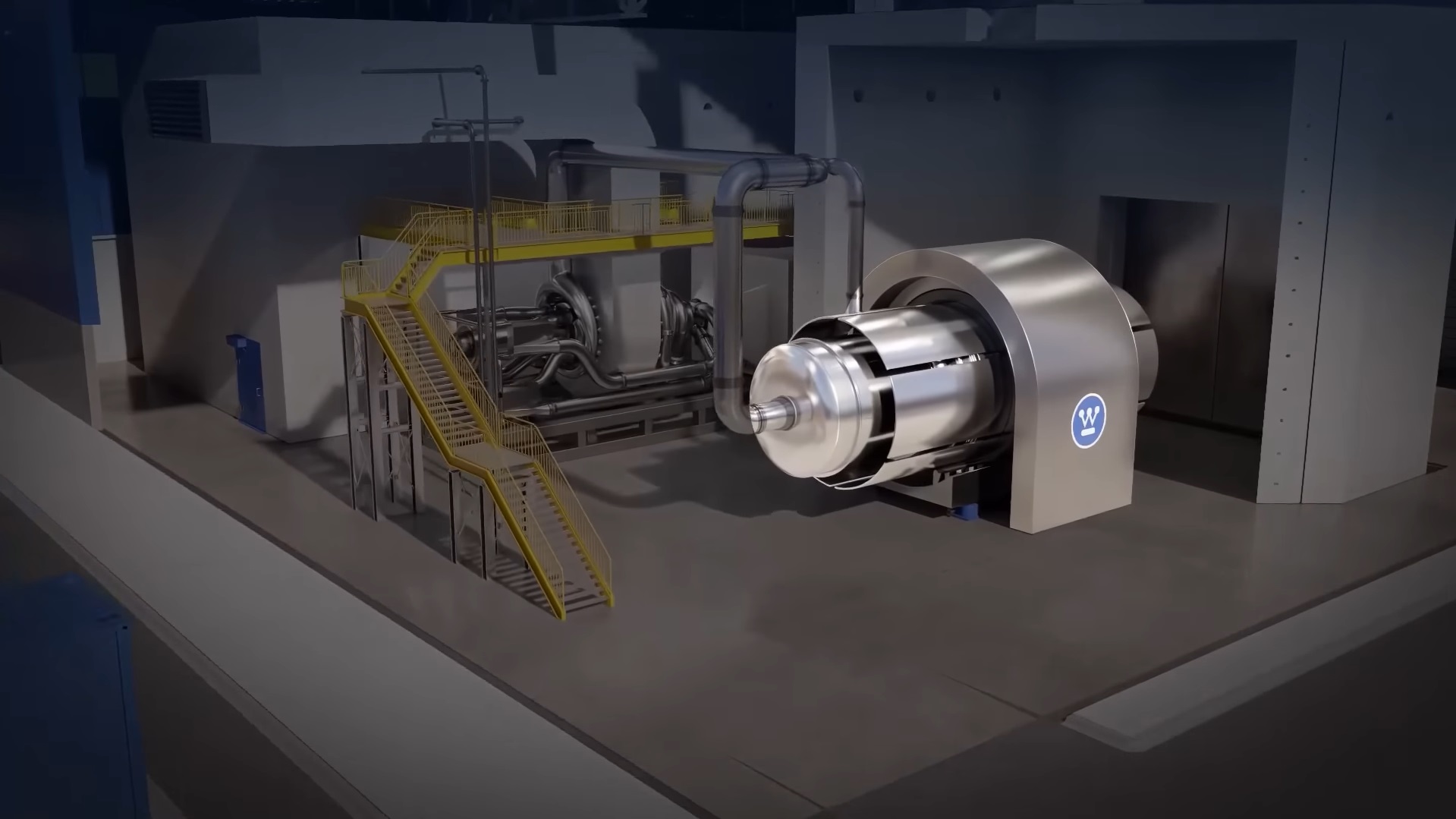The rise of AI has led to an explosion of new data center build-outs, but power consumption has become one of the key bottlenecks to further expansion. That’s fueled intense interest in small nuclear reactors that can be built right into newer data centers, such as the new eVinci microreactor from Westinghouse, which is designed to output five megawatts of power and work 24/7 for over eight years without refueling.
Westinghouse Electric Company, one of the leaders in nuclear power plant construction, has submitted its Preliminary Safety Design Report (PSDR) for the eVinci Microreactor to the National Reactor Innovation Center (NRIC) at the U.S. Department of Energy (DOE). This is a crucial step required at the Idaho National Laboratory (INL) so that the eVinci can be deployed for testing at the NRIC’s Demonstration of Microreactor Experiments (DOME) facility.Westinghousealso says that it’s the first company to do so, making it one of the pioneers in microreactor technology.

Some see development in microreactor technology as a crucial strategy to keep our data-driven society moving forward. Many key leaders, including Mark Zuckerberg, say thatpower supply will constrain AI growth, especially as data centers require more power-hungry GPUs just to process all the data we generate. One report even says thata single modern AI GPU could consume up to 3.7MWhannually — or about the power needs of the average American home for four months.
Aside from Westinghouse, several major AI firms are looking at nuclear reactors to supply their power requirements. This includes Oracle, which has alreadysecured the permits to build three small modular reactors(SMR), andMicrosoft, which, at first, was alsolooking at SMRs for its data centers, but recently just inked a deal torestart the Three Mile Island reactor.

The eVinci microreactor is a unique design in such a way that it arrives at the location as a single unit with few moving parts. You could say it is like a very large battery. This makes it easy to transport and deploy, requiring only a single trailer (and likely some armed escorts) to carry the entire reactor from Westinghouse’s manufacturing facility to where it is required.
Another way the Westinghouse simplified the design of the eVinci was in its use of heat pipes to transfer thermal energy from the nuclear core. This is similar to how some high-performance laptops cool CPUs and GPUs — by using a sealed pipe and using natural convection to move the coolant within.
This microreactor has a target output of five megawatts and is designed to work 24/7 for over eight years. Once the nuclear fuel inside it is spent, Westinghouse will recover it as a complete unit and could even swap it with another one, minimizing the disruption to the facility that uses it. Again, there are parallels with the concept of a battery.
Get Tom’s Hardware’s best news and in-depth reviews, straight to your inbox.
Nuclear energy is a great solution for all this new demand for clean power. However, there are also risks involved, which, hopefully, have already been addressed by newer technologies like this. Nevertheless, Westinghouse’s eVinci is a promising development, as it will make it easier for data centers to set up shop in faraway places that will not disturb population centers. With that, we could get the computing power we require from data centers without adding stress to our ageing electric grid.
Jowi Morales is a tech enthusiast with years of experience working in the industry. He’s been writing with several tech publications since 2021, where he’s been interested in tech hardware and consumer electronics.